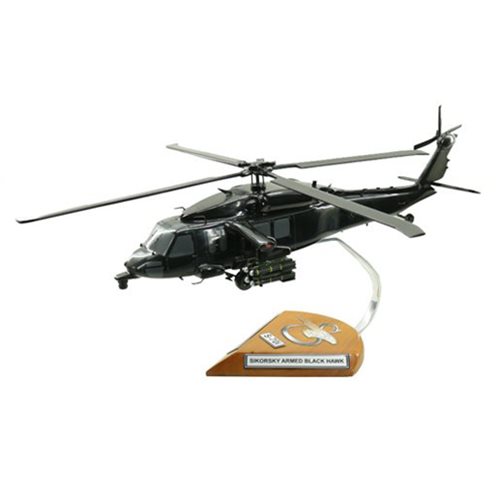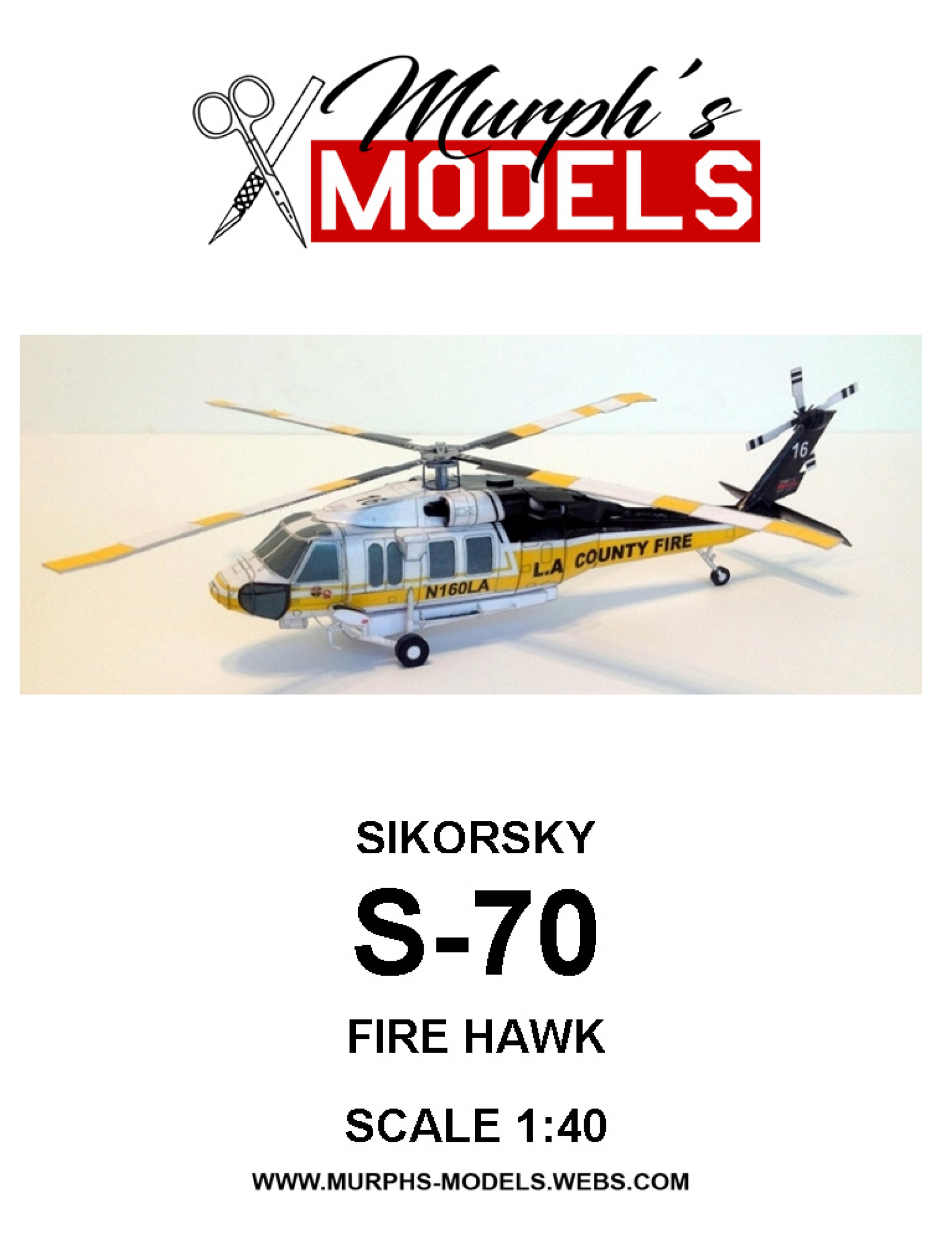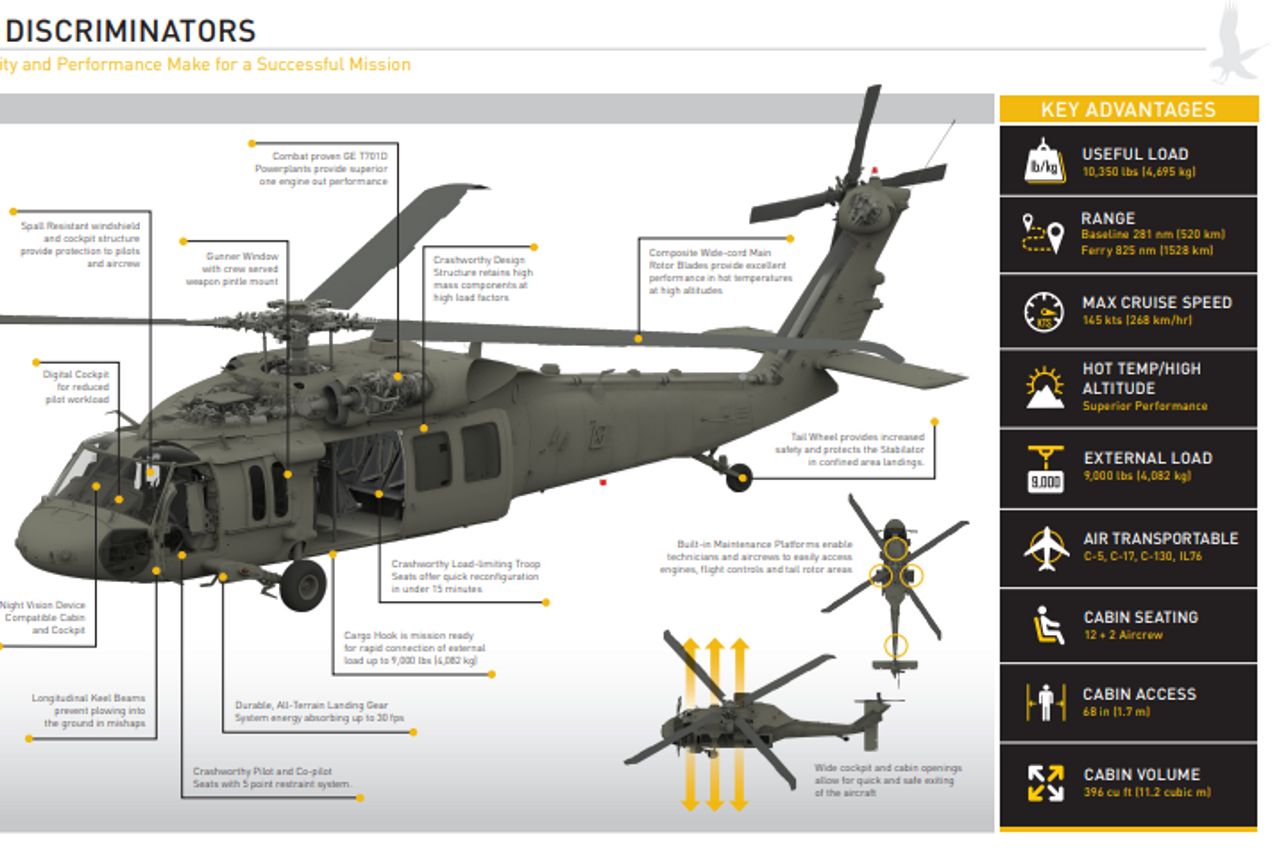Why the Sikorsky S 70 is the Preferred Choice for Modern Helicopter Missions
Why the Sikorsky S 70 is the Preferred Choice for Modern Helicopter Missions
Blog Article
High-Performance Multi-Role Rotorcraft Featuring Advanced Cabin Technologies and Integrated Sensor Systems
The world of rotorcraft technology has seen significant advancements in recent times, particularly in the world of high-performance multi-role rotorcraft geared up with cutting-edge cabin technologies and perfectly incorporated sensing unit systems. These developments have not just increased the functional capacities of rotorcraft however have actually likewise significantly impacted modern-day aeronautics procedures on various fronts. From improved objective flexibility to improved operational effectiveness, the convergence of innovative cockpit innovations and incorporated sensor systems has ushered in a brand-new era of opportunities for rotorcraft applications. In the adhering to discussion, we will certainly explore the advancement of rotorcraft innovation, explore the world of sophisticated cockpit innovations, and examine the ramifications of integrated sensing unit systems on the operational versatility and efficiency of contemporary rotorcraft.
Advancement of Rotorcraft Modern Technology
The advancement of rotorcraft modern technology has been marked by considerable innovations in the rules of aerodynamics, materials, and propulsion systems, shaping the capacities and performance of contemporary rotorcraft. Additionally, advancements in propulsion systems, including extra powerful engines and ingenious propulsion innovations, have allowed rotorcraft to accomplish greater elevations, faster speeds, and higher hauls.
These innovations have not just changed the abilities of rotorcraft yet have actually also broadened their applications throughout various markets, including army, commercial, and emergency solutions. The continuous development of rotorcraft modern technology remains to drive innovation in the field, pushing the borders of what is feasible and forming the future of upright flight.
Advanced Cabin Innovations
Building upon the foundational advancements in the rules of aerodynamics, materials, and propulsion systems, the realm of rotorcraft technology currently moves focus towards pioneering Advanced Cockpit Innovations. The assimilation of cutting-edge modern technologies within the cabin environment plays an essential duty in boosting the operational capacities, safety, and effectiveness of modern rotorcraft. sikorsky s 70. Advanced Cockpit Innovations encompass a broad array of functions developed to offer pilots with boosted situational understanding, structured information management, and user-friendly control user interfaces
Among the crucial developments in cabin design is the application of glass cockpits, which replace typical analog gauges with high-resolution display screens. These electronic systems use personalized layouts, real-time data combination, and boosted readability, allowing pilots to accessibility important info at a glance. In addition, progressed avionics systems, such as fly-by-wire controls and augmented truth display screens, are reinventing exactly how pilots communicate with the airplane, permitting accurate control and improved decision-making capabilities.


Integrating sophisticated cabin advancements not only boosts pilot performance but likewise adds to general mission performance and security in intricate functional atmospheres. By leveraging cutting edge technologies within the cabin, rotorcraft manufacturers are establishing new criteria for operational excellence and goal success.
Integrated Sensor Equipments
With the development of rotorcraft innovation, the integration of innovative Integrated Sensor Equipment has ended up being vital in enhancing operational effectiveness and safety and security. These Integrated Sensor Equipments include a broad selection of innovations that supply crucial data for numerous functions such as navigation, security, targeting, and environmental surveillance. By seamlessly incorporating sensors like radars, electronic cameras, lidar, and infrared systems into rotorcraft, drivers can profit from boosted situational understanding, boosted mission capabilities, and reduced check out here pilot work.
One trick see it here advantage of Integrated Sensor Equipments is their ability to collect real-time information and give actionable understandings to pilots and mission operators. Advanced radar systems can identify and track targets over long ranges, permitting for very early risk discovery and reliable feedback planning. In addition, incorporating electro-optical and infrared cams enables rotorcraft to carry out reconnaissance and monitoring objectives with accuracy and accuracy.
In essence, the assimilation of innovative sensing unit modern technologies right into rotorcraft not only improves operational efficiency yet additionally adds dramatically to overall objective success and staff safety and security. As rotorcraft continue to evolve, the function of Integrated Sensor Equipment will definitely continue to be at the leading edge of innovation in the aerospace market.
Operational Versatility and Performance
Enhancing functional versatility and performance in rotorcraft is an all-natural progression from the integration of advanced Integrated Sensing unit Equipments. By leveraging the information and understandings offered by these advanced sensing unit systems, rotorcraft can maximize their efficiency across numerous missions and environments.
Functional flexibility encompasses the ability of rotorcraft to adapt to various functions and circumstances effectively. With innovative cockpit modern technologies and look what i found integrated sensing unit systems, rotorcraft can perfectly change in between jobs such as search and rescue, medical evacuation, surveillance, and more. This adaptability boosts the rotorcraft's ability to meet varied functional needs without requiring considerable reconfiguration.
Effectiveness in rotorcraft operations is important for maximizing objective performance and resource usage. Integrated sensing unit systems play a critical duty in enhancing operational performance by providing real-time data on climate conditions, surface mapping, target tracking, and a lot more. This information allows pilots to make informed decisions quickly, maximize flight paths, preserve gas, and boost general objective performance.
Impact on Modern Air Travel Procedures

Moreover, the integration of sophisticated sensors promotes enhanced mission preparation and execution, making it possible for rotorcraft to perform a wide variety of jobs with improved precision. From search and rescue operations to airborne firefighting and law enforcement goals, the capabilities of modern-day rotorcraft equipped with sophisticated cockpit modern technologies and integrated sensor systems are unparalleled.
In addition, the impact of these developments extends beyond functional efficiency to cost-effectiveness and sustainability. By enhancing flight courses, gas consumption, and upkeep routines, high-performance rotorcraft geared up with innovative cabin technologies and sensors add to lowering operational expenses and ecological impact, making them indispensable possessions in modern-day aeronautics operations.
Verdict
To conclude, the high-performance multi-role rotorcraft with innovative cabin technologies and integrated sensing unit systems represents a considerable development in aeronautics innovation. These innovations enhance operational flexibility and performance, eventually affecting contemporary air travel operations in a favorable method. The combination of these sophisticated innovations allows for enhanced abilities and performance in various mission circumstances, showcasing the proceeded innovation of rotorcraft modern technology in the aviation market.
The realm of rotorcraft innovation has seen notable developments in recent times, particularly in the world of high-performance multi-role rotorcraft geared up with advanced cockpit innovations and effortlessly incorporated sensor systems. From enhanced goal convenience to enhanced operational effectiveness, the merging of innovative cockpit innovations and integrated sensing unit systems has actually ushered in a new period of opportunities for rotorcraft applications. In the complying with discussion, we will explore the development of rotorcraft innovation, delve right into the realm of advanced cabin advancements, and check out the ramifications of integrated sensing unit systems on the operational adaptability and effectiveness of modern rotorcraft.

Report this page